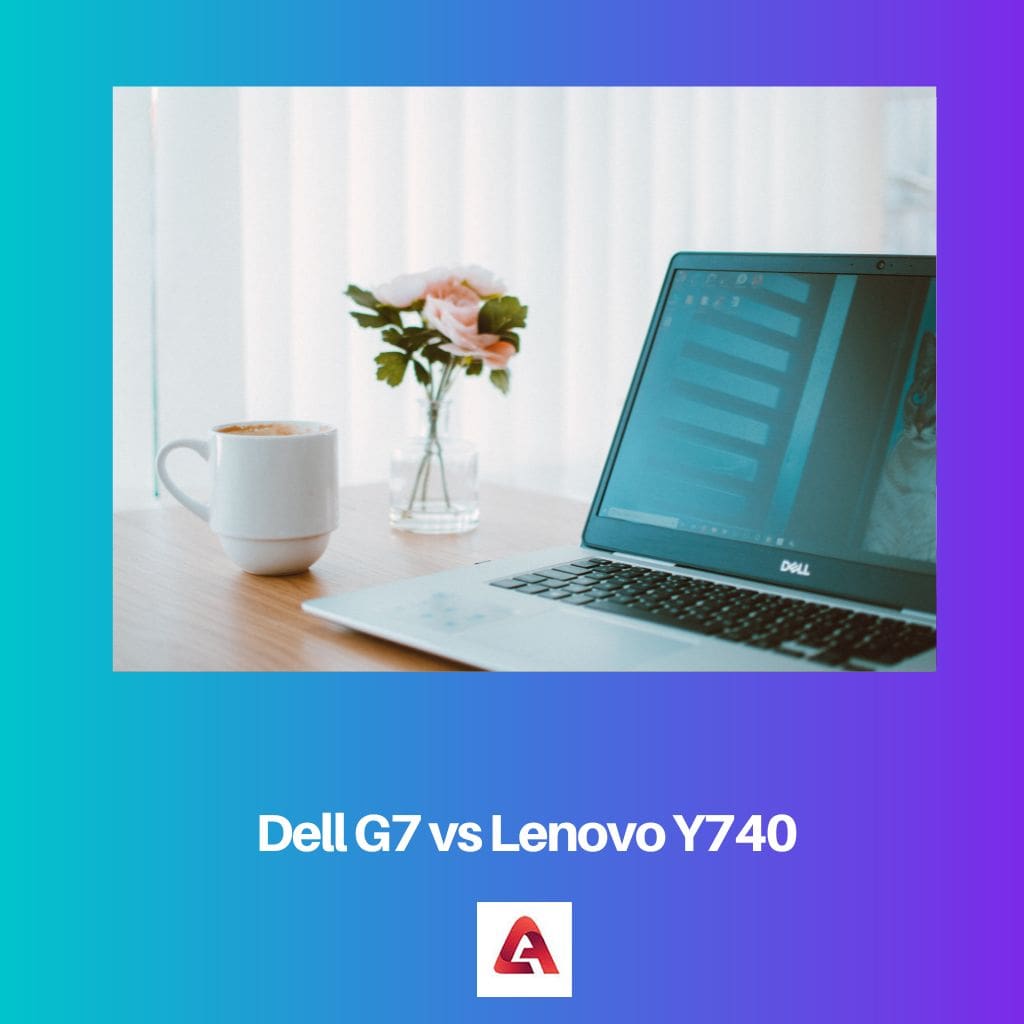Key Takeaways
- The Junction Field-Effect Transistor (JFET) is a fundamental type of transistor used in electronic circuits.
- The Metal-Oxide Semiconductor Field-Effect Transistor (MOSFET) is a critical component in modern electronics.
- JFETs are known for their low noise performance, making them suitable for amplifiers, mainly low-level signal amplification applications. At the same time, MOSFETs can have higher noise levels, making them less ideal for some high-precision, low-noise applications.
What is JFET?
The Junction Field-Effect Transistor (JFET) is a fundamental type of transistor used in electronic circuits. It falls into the category of field-effect transistors alongside MFETs. They are primarily composed of a semiconductor material, silicon, with three materials: the source, the drain, and the gate.
One of the distinguishing characteristics of JFETs is their reliance on voltage applied to the gate terminal. They operate under the principle of controlling current flow between the source and drain terminals by varying the voltage at the gate.
They are known for their simplicity and high input impedance, making them suitable for various applications, including amplification and signal switching. They are used as voltage-controlled resistors, where the gate voltage controls the resistance between the source and the drain.
What is MOSFET?
The Metal-Oxide Semiconductor Field-Effect Transistor (MOSFET) is a critical component in modern electronics, found in a wide range of applications from digital logic gates in microprocessors to power amplifiers and more. They belong to the family of field-effect transistors.
One of the defining features of MOSFETs is their use of an insulating layer of oxide between the gate electrode and the semiconductor material. This insulating layer allows for extremely high input impedance and efficient switching characteristics. MOSFET can be categorized into enhancement mode and depletion mode services.
MOSFETs are known for their excellent switching speed, high gain, and low power consumption. These attributes make them suitable for digital applications, where they are the building blocks of digital circuits. Additionally, power MOSFETs are extensively used in high-power applications such as motor control, voltage regulation, and amplification.
Difference Between JFET and MOSFET
- JFET is based on the junction of two semiconductor materials, while MOSFET relies on a metal gate insulated from the semiconductor by an oxide layer.
- JFETs are known for their low noise performance, making them suitable for amplifiers, mainly low-level signal amplification applications. At the same time, MOSFETs can have higher noise levels, making them less ideal for some high-precision, low-noise applications.
- JFETs are used in high-impedance and low-power applications such as amplifiers. In contrast, MOSFETs are commonly used in low-power and high-power applications, including digital logic circuits and power amplifiers.
- JFETs are relatively simple to manufacture, making them cost-effective for specific applications. At the same time, MOSFETs are more complex to manufacture, especially for integrated circuits, which can result in higher production costs.
- JFETs operate at lower voltage ranges, from a few to 100 volts. In contrast, MOSFETs can run over various voltages, from low-voltage integrated circuits to high-voltage power devices.
Comparison Between JFET and MOSFET
| Parameters | JFET | MOSFET |
|---|---|---|
| Technology | Junction of two-semiconductor materials | It relies on a metal gate insulated from semiconductors by an oxide layer |
| Noise Performance | Low-noise performance makes them suitable for applications like amplifiers. | Higher noise levels make them ideal for some high-precision |
| Application | Used in high-impedance and low-power applications like amplifiers | Used in both low-power and high-power applications, including digital logic circuits and power amplifiers |
| Manufacturing Complexity | They are relatively simple to manufacture, making them cost-effective | It is more complex to manufacture, especially for integrated circuits |
| Voltage Range | Operate at a lower voltage range | Operate over a wide range of voltage |




